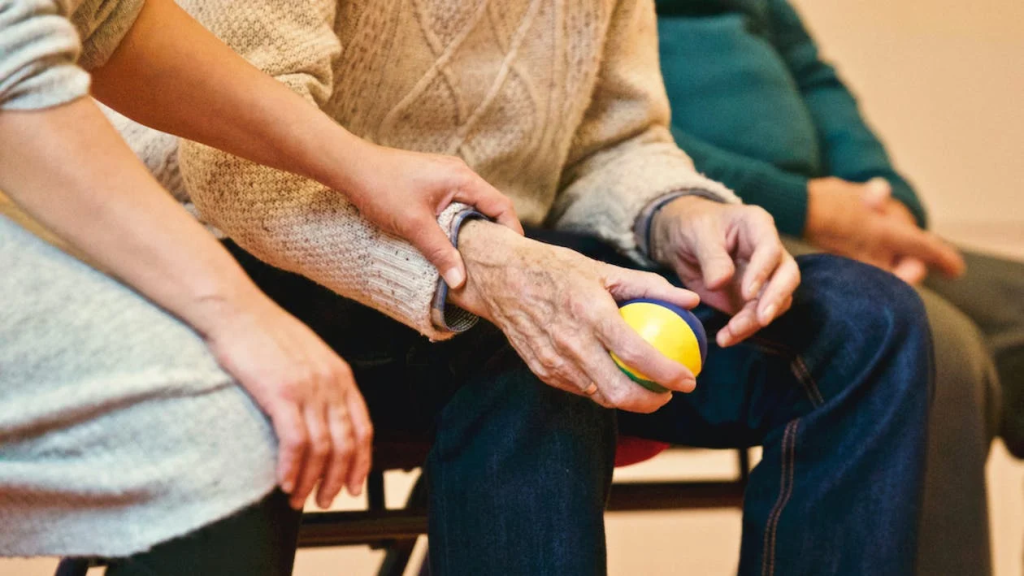Living with an elderly or disabled relative can have its fair share of challenges – challenges that you’ll want to know how to navigate as best as possible to ensure your loved one lives a happy, healthy, and fulfilling life.
And as you probably already know, this includes making sure your home is safe and comfortable for them. Nonetheless, it often requires careful planning and consideration of your loved one’s individual needs, more so to ensure they can move freely and securely around the home.
Without further ado, let’s look at some of the ways you can make your home safe for an elderly or disabled relative to live in.
Keep Walkways and Other Spaces in Your Home Clutter-Free
If you are living with a physically or mentally-challenged individual, it’s paramount to ensure the walkways and pathways throughout the home are free of any clutter. This means looking out for loose rugs, cords, furniture, and pretty much anything that can increase the chances of falling.
It’s a great way to ensure that your elderly or disabled loved one can move around freely without worrying about nasty falls. Better yet, a clean, decluttered space can help curb stress and anxiety.
Install Railings Where Needed, Inside and Out
Oftentimes, aged and disabled individuals will have one thing in common… They may experience mobility challenges, like trouble moving up or down the stairs, stability issues, and so forth. Installing grab bars and railings in certain areas of the home can thus help make it easier for them to navigate around without the risk of potentially life-threatening falls.
Along hallways and staircases, for instance, installing cap rails can be a great way to ensure your disabled or elderly loved one can move around your home safely with added mobility and stability support. Whether they have a physical impairment or are dealing with balance issues, these secure handholds can even help make your loved one more active and healthier.
Besides staircases and hallways, other areas to consider installing grab bars or railings may include:
- Grab bars in the bathroom near the toilet, shower, and bathtub
- Grab bars along walkways
- Railings on the porch or deck
- Railings on any elevated surfaces such as balconies
Make Sure Your Home Is Properly Lit
Nothing can make it more difficult to navigate a home than poor lighting. It’s often even more painstaking for an aging or disabled individual whose risk of falling is alarmingly higher.
This makes it paramount to install proper lighting throughout the home, including the outdoors. Besides making it easier for them to navigate the home, bright lighting can go a long way in preventing falls at night. In some cases, it may even help your aged or disabled kin feel loved and cared for.
Consider Installing a Stairlift or Ramp
If your relative has difficulty navigating stairs, you have more than a few reasons to consider installing a stairlift. It’s a great way to make it easier for them to move around the home and conveniently access different areas independently despite their physical or mental limitations. One of the biggest perks of stairlifts is that they help increase their safety!
Alternatively, you could consider installing a ramp in your home. Sometimes cheaper than a stair lift, a ramp can provide a safe and secure way for your elderly or disabled folk using a wheelchair to enter and exit or access different levels of the home. It also allows them to remain independent and in control of their own mobility.
Install Non-Slip Flooring
Of course, you can always invest in non-slip footwear, which makes it one of the most important home safety tips for older adults and disabled folks. But that can only do so much. To make your home safer for a disabled or elderly relative is to make sure your flooring options favor their needs.
This may include installing skid-proof or non-slip flooring in bathrooms, kitchens, and other wet areas, which will significantly reduce the risk of falls. Some of the best non-slip flooring options to consider include:
- Vinyl flooring
- Rubber flooring
- Cork flooring
While vinyl is perhaps the most durable option, rubber flooring is another long-lasting, non-slip option that is easy on the joints. Cork flooring is a softer alternative that also provides more cushioning and an excellent grip.
More Ways to Make Your Home Safer For the Disabled and the Elderly
Install smoke and carbon monoxide detectors
Installing smoke and CO2 detectors on each floor of the home can be a great home improvement project. But it can also help alert your needy relatives of any potential hazards and make them feel safer in your home despite their disability or old-age woes.
Install a medical alert system
A medical alert system can help provide quick access to medical help in the event of an emergency.
Lock up medications
Locking up certain medications can help prevent accidental ingestion or misuse. This is especially important if the relative in question has psychological-related challenges.
All in all, living with an elderly loved one, or a disabled relative can be a huge undertaking. It can sometimes be overwhelming to accommodate their safety needs and well-being, but not if you’re well-informed. The above are just a few tips on how to ensure your elderly or disabled loved one is safe and secure in your home.

